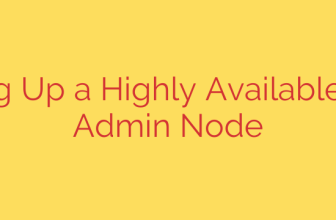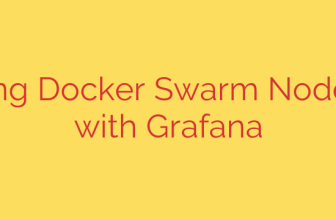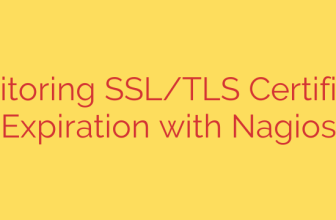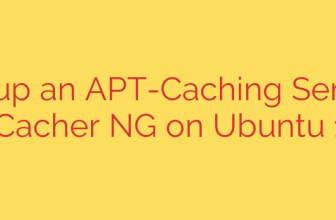
Slash Your Gemini API Costs and Latency with Vertex AI Context Caching
Generative AI, particularly with advanced models like Gemini, has unlocked incredible potential for businesses to analyze vast amounts of information. However, working with large contexts—such as long documents, extensive chat histories, or complex codebases—often comes with two significant challenges: high costs and slow response times. Every time you send a query, you’re typically re-sending the entire context, leading to inflated token counts and noticeable latency.
Fortunately, there’s a powerful solution that directly addresses this inefficiency. By leveraging a feature known as Context Caching in Vertex AI, you can fundamentally change how you interact with Gemini models, making your applications faster, more responsive, and significantly more cost-effective.
The Core Problem with Large Prompts
Before diving into the solution, it’s crucial to understand the problem. When you use a generative AI model for tasks like summarizing a 500-page financial report or building a chatbot that remembers the entire conversation, your API calls become very large. This creates a bottleneck in two key areas:
- Exploding Token Costs: Most large language models (LLMs) are priced based on the number of input and output tokens. When your prompt includes a massive document or a long conversation history, you pay to process those same tokens with every single follow-up question. This can make applications prohibitively expensive.
- High API Latency: Sending a large amount of data with each API request and waiting for the model to process it all from scratch takes time. This delay, or latency, can ruin the user experience, especially in real-time applications like customer service chatbots or interactive data analysis tools.
How Context Caching Revolutionizes Your Workflow
Context Caching is an intelligent method for optimizing prompts by storing a large, pre-processed piece of context in the model’s memory. Instead of sending the same multi-page document over and over, you send it just once.
Here’s a simple breakdown of how it works:
- Cache the Context: You send your large file (e.g., a PDF, a transcript, or a code library) to the model in an initial request.
- Receive an Identifier: The model processes this information and stores it in a cache. It then returns a unique identifier for this cached context.
- Query Efficiently: For all subsequent queries, you send only your new, short question along with the unique identifier. The model instantly retrieves the pre-processed context from its cache and uses it to answer your question.
Think of it like giving a colleague a research report to read. Instead of handing them the entire report every time you have a question, you can just say, “Regarding the report I gave you, what were the Q3 earnings?” It’s a faster, more logical, and far more efficient way to communicate.
The Dual Benefits: Saving Money and Time
The impact of implementing Context Caching is immediate and substantial, directly improving your bottom line and application performance.
1. Drastically Reduce Your API Costs
This is perhaps the most compelling advantage. With Context Caching, you only pay for the initial processing of the large context once. After that, each follow-up query is billed based on the much smaller token count of your new question and the model’s answer. For applications that require repeated interaction with the same large dataset, the cost savings can be enormous—potentially reducing input token costs by over 95% in long-running sessions.
2. Significantly Lower Latency
By sending a much smaller payload with each request (just a short question and an identifier), you dramatically reduce the data transfer time. Furthermore, the model doesn’t have to re-read and re-ingest the entire context from the beginning. This results in noticeably faster response times, making your AI-powered tools feel snappy and interactive, which is essential for user-facing applications.
Practical Use Cases for Context Caching
This feature is not just a theoretical improvement; it has practical applications across numerous domains:
- Complex Document Analysis: Feed a lengthy legal contract, a scientific research paper, or a detailed financial filing into the cache. You can then ask an unlimited number of specific questions about the document without incurring high costs or delays for each query.
- Smarter, More Responsive Chatbots: Maintain a long and coherent conversation history by caching the dialogue. This allows the chatbot to have a “memory” of the entire interaction without the performance degradation typically seen in long conversations.
- Efficient Code Analysis: Provide a large codebase or technical documentation as context. Developers can then ask targeted questions about specific functions, dependencies, or implementation details, receiving instant, context-aware answers.
- Media Summarization: Process the full transcript of a long video or podcast once. Afterward, you can quickly generate summaries, extract key topics, or ask for specific quotes without re-processing the entire text.
Actionable Tips for Implementation
To get the most out of Context Caching, keep these best practices in mind:
- Manage Your Cache Lifecycle: Cached content doesn’t last forever. You can set a Time-to-Live (TTL) to define how long the context should remain in memory. This helps you manage costs and ensures you’re not using outdated information.
- Use for Static or Semi-Static Data: Context Caching is most effective when the underlying context does not change with every query. It’s perfect for analyzing a finished report but less suitable for data that is updated every few seconds.
- Structure Your Input: For the initial caching request, providing a well-structured document with clear headings and formatting can help the model build a more effective and accurate internal representation of the information.
By integrating Context Caching into your generative AI workflows, you can build more powerful, efficient, and economically viable applications. It’s a strategic shift from brute-force prompting to an intelligent, optimized approach that unlocks the full potential of models like Gemini.
Source: https://cloud.google.com/blog/products/ai-machine-learning/vertex-ai-context-caching/








